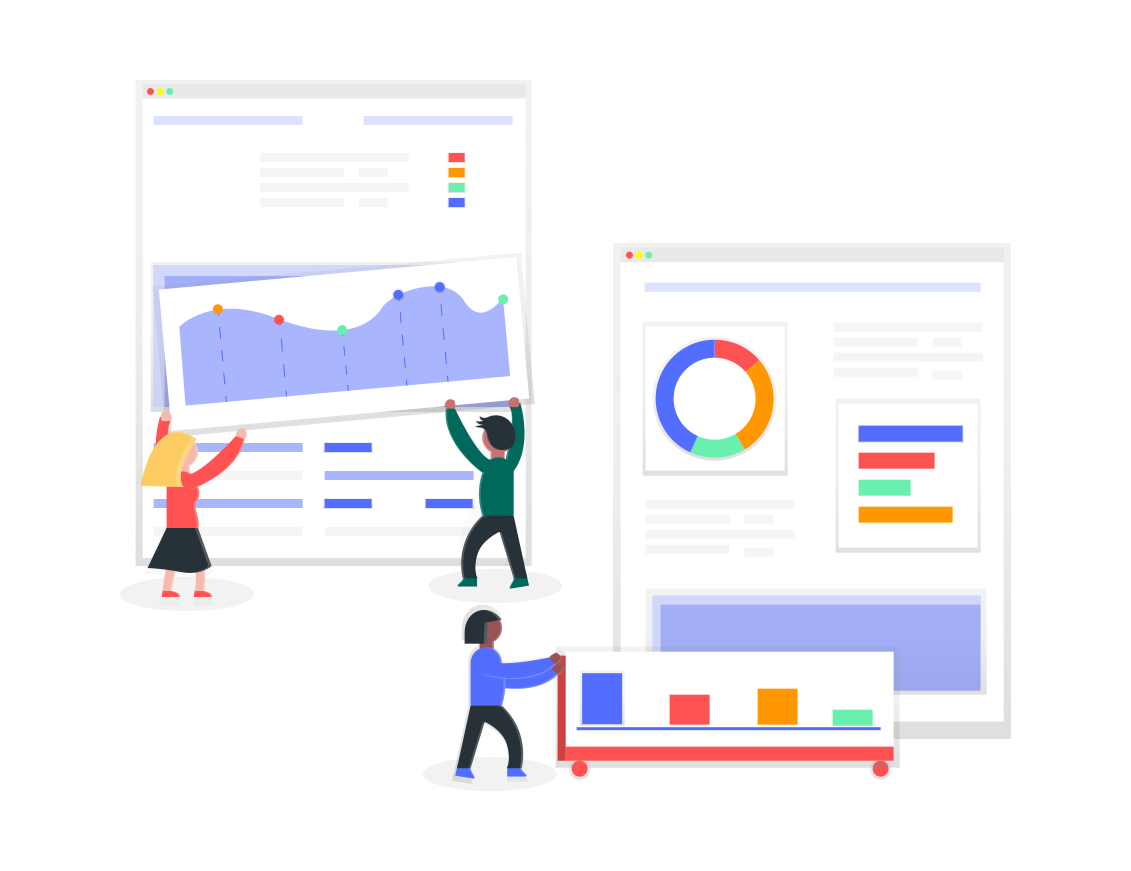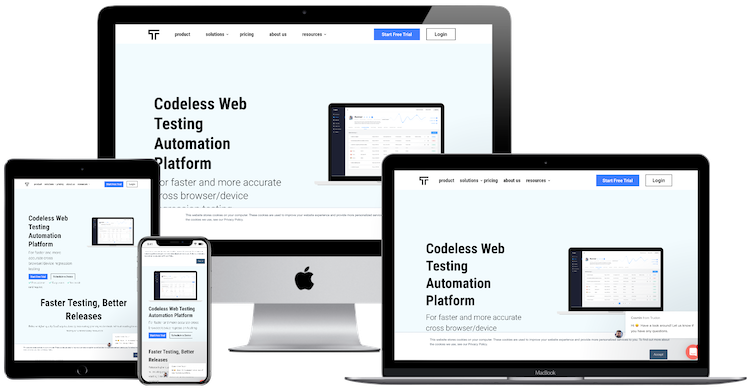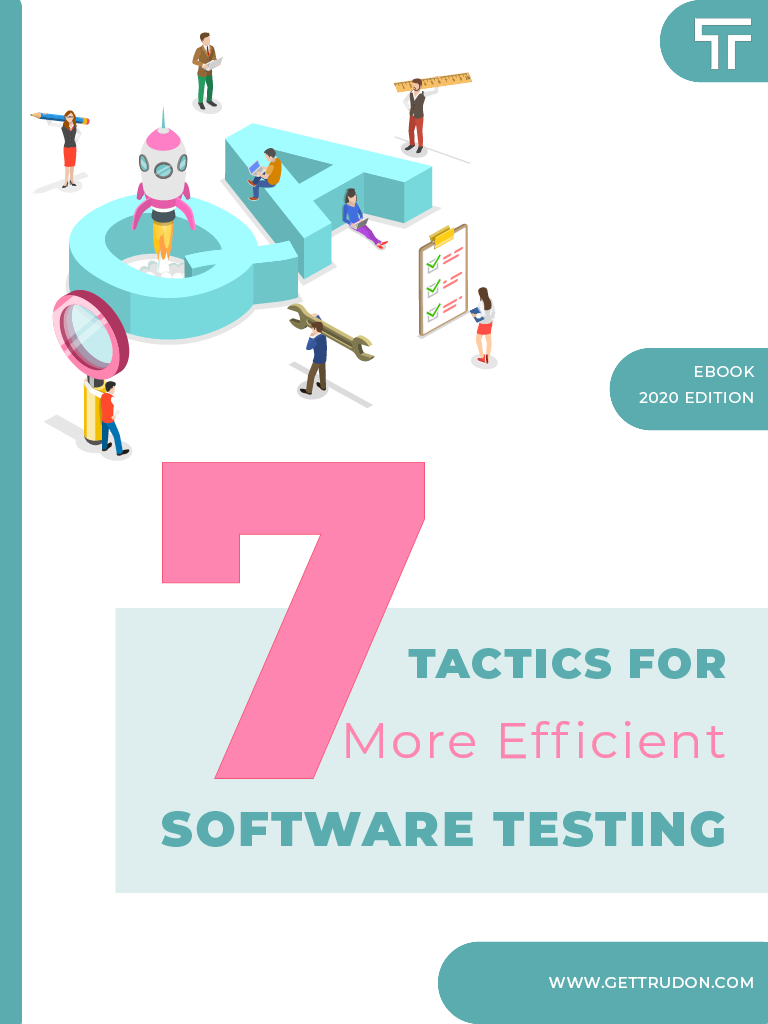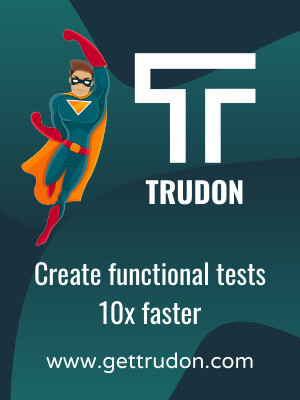Data driven testing increases your test coverage by loading external data into your tests

In testing automation, there are often cases where you might have multiple data sets for which you want to run the same tests to strengthen and extend your automated test cases.
Test data can be anything you can think of, such as user credentials, input/output data, uploaded files, expectations, validations, etc. The test data shouldn’t be hard-coded into the test framework in case of automated testing. It can be imported from external files or data sources and fed into our automated test cases.
How data driven testing works
A data driven test performs the following operations for every scenario from the data source:
- Loads all the variables for the current scenario
- Replaces the content of the variables in your tests (actions, expectations, validations, etc.)
- Verifies the actual results with the expected results for the current scenario
- Repeats the test with the next scenario
And the best part: with Trudon all data set scenarios can be executed in parallel!
Benefits of using data driven testing
- Any test can be written once and re-executed hundreds or thousands of times, with different inputs and validations each time
- Test data and verification data can be organized in just one file, and it is separate from the test case logic
- Redundancy and unnecessary duplication of test scripts are reduced
- Provides flexibility in application and tests maintenance
Trudon offers a unique way to manage the data sets, feed them to the test runs and see the test results for all scenarios, with screenshots for every test step included.
Popular use cases for data driven testing
- For SaaS applications: execute your tests with multiple user roles to ensure all the features work for all user types: super admins, company-admins, regular users, …
- For E-commerce: Check that it is possible to add to cart products from all categories and the checkout process successfully works
- For generic websites: You might want to upload different files with different formats in order to ensure that it always works
Basically, any test flow you can think of can be converted to a data driven test by replacing all the values with variables and linking a data set source when running the tests.
Data driven testing with Trudon
With Trudon you can work with data-driven testing using various input sources (called data sets) for step actions and validations. Just change your tests’ hard-coded values with variables and link a data source to your test run.
By separating data from functionality when automating software tests, you can reuse the automated flow and switch out the input. It can be useful when running the same tests, often with new or updated data.
Using our highly scalable infrastructure for running tests, all test scenarios from a data set can be executed in parallel.
Conclusion
Data driven testing helps automated tests run rapidly over an application with different input data and provides extensive coverage to ensure an application’s performance. Data Driven testing also enhances business intelligence by reducing risks, increasing the ease of accessing and sharing information with real-time analysis.
Although it requires significant expertise in a scripting language, especially if using with Selenium, Trudon offers o totally different approach that allows anyone to create, configure, and run data driven tests. Schedule a demo to learn more.



